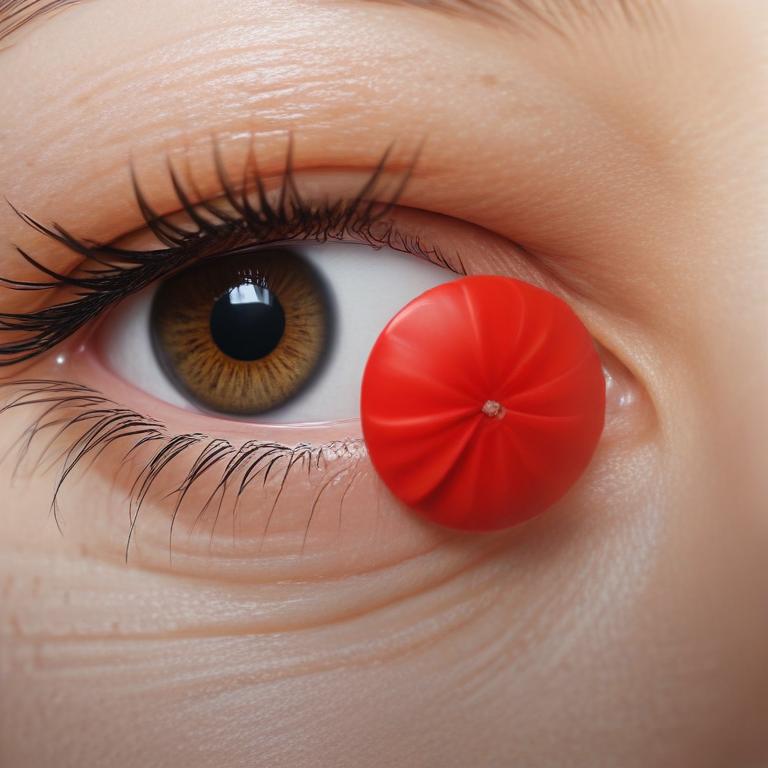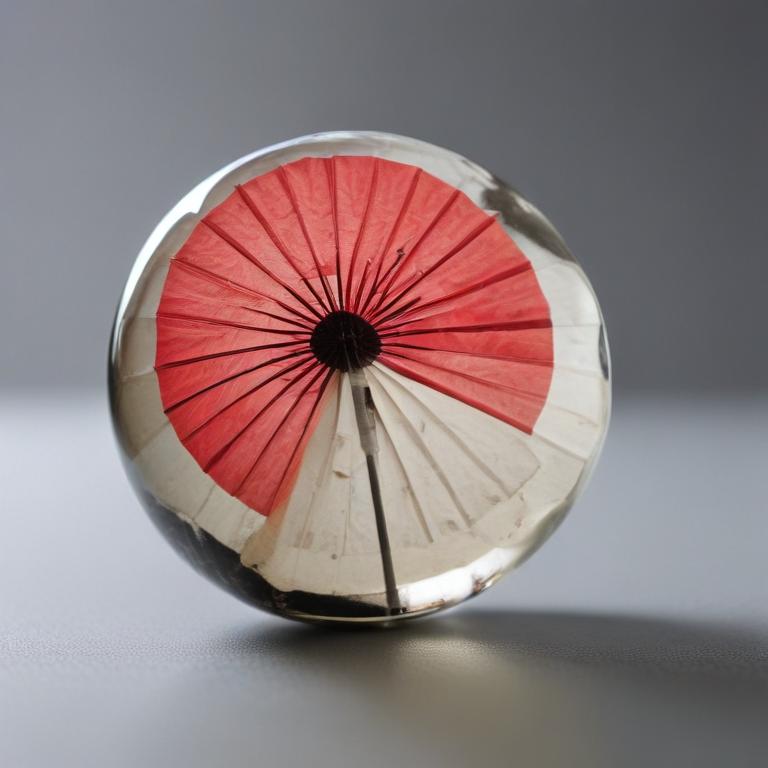发音 (Pronunciation):
IPA: /ˌdʒæpəˈniːz/
中文近似: 佳-啪-尼斯
中文意思与词性 (Meanings & Part of Speech):
- 日本的;日本人的(形容词,表示与日本有关的事物) (adj.)
- 日语(名词,指日本的官方语言) (n.)
例句 (Examples):
1. She likes Japanese food.
(她喜欢日本菜。)
2. Japanese is not an easy language to learn.
(日语不是一种容易学的语言。)
用法提示 (Usage Tip):
要注意,Japanese 首字母需要大写,指人时不可加“s”,如 'He is Japanese.' 意为“他是日本人”;但表示“日语”时前面不加冠词。不要误拼为 Japanise。
更多关于 "japanese" (More about "japanese")
单词来源 (Etymology)
“japanese”一词来自于 Japan(日本)加上形容词后缀 -ese,早在16世纪末开始用于指“日本的”或“日本人”。
词根词缀解析 (Root & Affix Analysis)
此词由 Japan(日本)和后缀 -ese 组成。后缀 -ese 常用于表示“某地的、某民族的或某地语言的”,如 Chinese(中国的/中国人/中文)、Portuguese(葡萄牙的/人/语)等。
“japanese”的字母与词根个性化解读
字母象形/引申义 (个性化参考)
- 字母 'j' 的象形或引申含义可能包括: 标枪/钩子 (象形) -> 扔, 连接, 喷射, 跳; 音变: J=G。
- 字母 'a' 的象形或引申含义可能包括: 牛角 (象形: 牛头, 力量, 能力); 下面宽上面尖 (形状) -> 延伸, 远处, 高处, 方向, 指示。
- 字母 'p' 的象形或引申含义可能包括: 手/脚 (P=F); 手掌 -> 平; 棒子 (P=B); 音变: P=B=M=F=V。
- 字母 'n' 的象形或引申含义可能包括: 水 (M=N); 鼻音 (nose); 突出/生长/新生; 门 -> 否定 (no, not); 连接; 音变: N=M=L=R。
- 字母 'e' 的象形或引申含义可能包括: 眼睛 (窗户符号引申); 向外 (ex-变体); 元音互换: A=E=I=O=U=W=Y。
- 字母 's' 的象形或引申含义可能包括: 水波纹/走路痕迹 (S象形); 吐气轻细咝 -> 说话 (拟声); 音变: S=C=Z=TH=X。
学习提示:以上针对单词 japanese 的字母和词根解读,主要基于提供的特定象形及词根资料。这些提示旨在启发联想,而非绝对定论。更通用的记忆规则和原则请参考首页。英语词源复杂多变,实际应用中请结合更全面的词源词典和语言学知识进行深入学习。
常用词组 (Common Phrases)
- Japanese culture: 日本文化
- Japanese restaurant: 日本餐厅
其他语言 (Other Languages)
- 德语: japanisch
- 法语: japonais
字母整体创意联想
japanese 这个单词由很多直线和曲线组成,可以想象这些字母像日本风格的简洁和优雅的线条,n和a有点像日式拱门(鸟居)的形状,让人联想到日本文化的独特风格。
逐字母创意解读
中文谐音助记
“佳啪你死”(japanese)——想象在日本吃到了‘佳’肴,一拍(啪)桌子跟朋友说“你死(尼斯)也要来尝尝!”(夸张手法帮助记忆发音)
相关电影/名言
"The Japanese have a saying: 'A frog in a well does not know the great sea.'"
(日本人有句谚语:‘井底之蛙不知大海。’)
- 《幸福终点站》(The Terminal, 2004)
趣味知识/故事
‘japanese’ 作为形容词和名词都没有复数形式,这是英语中以 -ese 结尾国族词的规律。另外,日本文化中的“和风”时常在世界范围内成为一股时尚潮流,日语作为 ‘Japanese’ 的另一层意思,也吸引着众多外国学习者。
拓展信息
常见形容词以 -ese 结尾的还有 Chinese、Portuguese 等,这类词作国名定语时和作表示某国人时均无复数,例如不能说 ‘Japaneses’。
‘Japanese’ 作为形容词常修饰食物、建筑、艺术等,如 Japanese architecture(日本建筑)。作为名词时,既可以指日本人集体或个体,也可以指日语。
语法上,“Japanese” 表示“日语”时候使用零冠词或 the:He speaks Japanese. (他说日语。)
网络参考 (More about "japanese" from the Web)
Japanese language - Wikipedia
Japanese (日本語, Nihongo, ⓘ) is the principal language of the Japonic language family spoken by the Japanese people.It has around 123 million speakers, primarily in Japan, the only country where it is the national language, and within the Japanese diaspora worldwide.. The Japonic family also includes the Ryukyuan languages and the variously classified Hachijō language.
Learn Japanese: A Ridiculously Detailed Guide - Tofugu
It is the best Japanese language reference book out there, in my opinion. Other than that, look through the "Reference Books" section of our Beginner Japanese Textbooks, Reference Books, and Dictionaries article. There are quite a few good ones! Read: The Best Japanese Reference Books & Dictionaries
Japanese language | Origin, Family, Alphabets, History, Grammar ...
Japanese language, a language isolate (i.e., a language unrelated to any other language) and one of the world's major languages, with more than 127 million speakers in the early 21st century. It is primarily spoken throughout the Japanese archipelago; there are also some 1.5 million Japanese immigrants and their descendants living abroad, mainly in North and South America, who have varying ...
更多图片 (japanese More Images)

